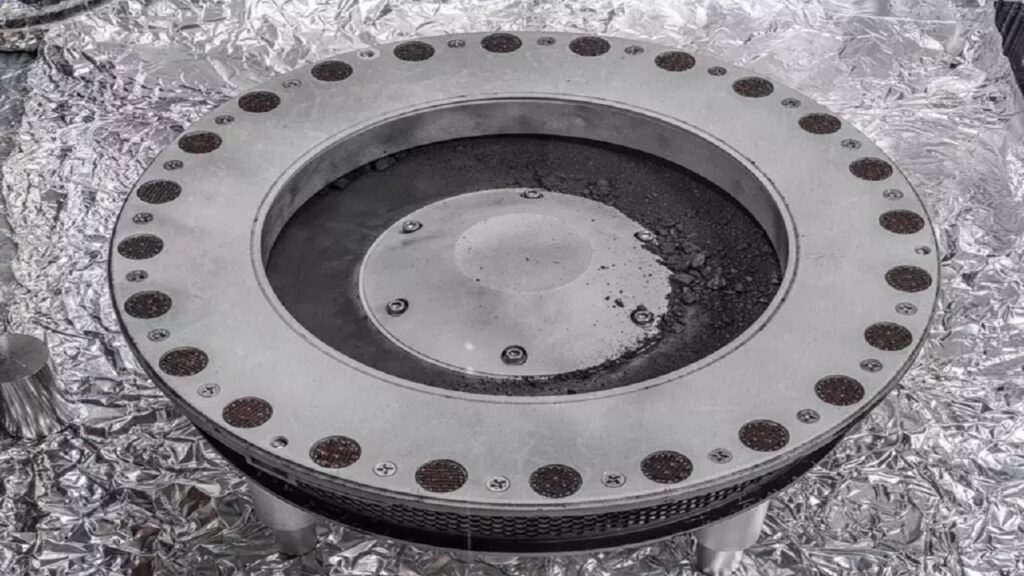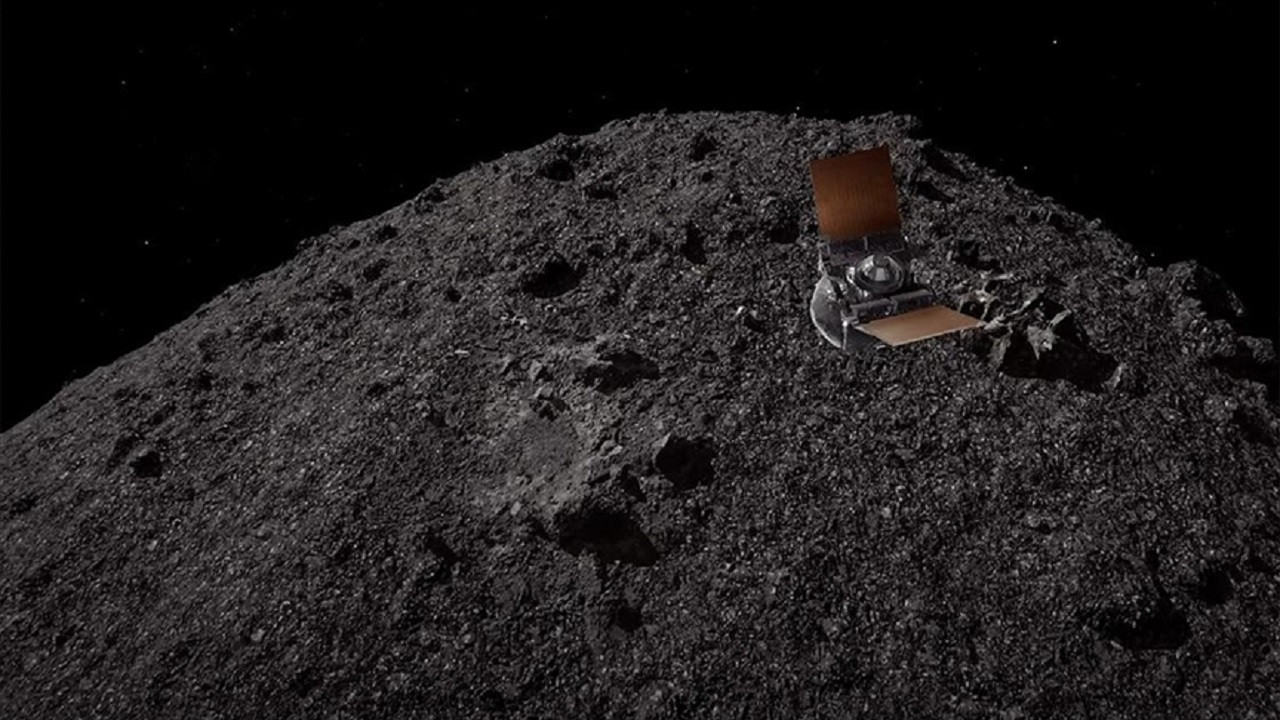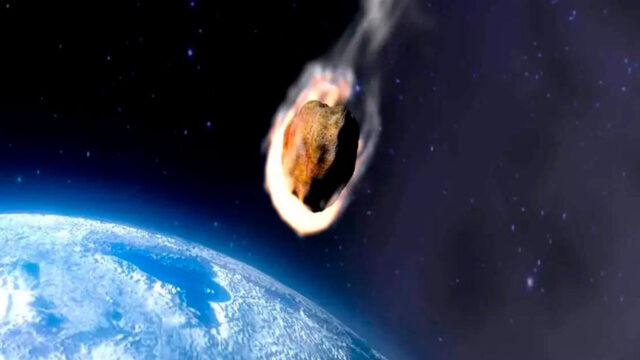NASA sent a spacecraft to the Bennu Asteroid with the OSIRIS-REx mission. The spacecraft collected pieces from the Bennu Asteroid in a successful operation. However, it recently delivered this cargo package to the blue planet. The spacecraft then continued on its new mission. The scientific world is eagerly waiting to examine the samples from Bennu Asteroid. Here are the details…
The package coming from Bennu Asteroid with the OSIRIS-REx mission continues to surprise the scientific world!
NASA brought the package from Bennu Asteroid to our planet in a successful operation at the beginning of this year. Then it was time for a more challenging task. Opening the incoming cargo was not as easy as it seemed. Finally, scientists began to analyze this package. Initial analysis of Bennu asteroid samples revealed some interesting results. We have already established that Bennu contains abundant carbon and water. But new analysis of the samples left scientists confused.

Scientists working on new samples taken from Bennu were surprised by the amount of magnesium, sodium and phosphate found in the skin of the pieces taken from Bennu. This is a combination rarely seen in meteorites. They also still haven’t been able to access the heart of the material contained inside OSIRIS-REx’s sample return box.
NASA now has scientists working to unscrew the last of the screws holding that part of the box closed. He designs a special screwdriver that will allow access to the full breadth of Bennu samples collected several years ago. So far, scientists are analyzing the pieces remaining on the box. In fact, the largest rock collected on Bennu is found outside the box. Therefore, scientists were able to examine the 3.5 cm long rock.
In fact, this particular rock actually disrupted the spacecraft’s collection mechanism when it was sucked in. This large piece of rock has a dark color, almost black. It also has a bluish sheen. Scientists say it is very similar to rocks found on the surface of the asteroid.
Other pieces captured by the spacecraft are lighter in color. This somewhat confused the scientists who tried to analyze them. So far, astronomers and curators have managed to catalog more than 1,000 samples of Bennu. Additionally, researchers only consider those that are at least half a millimeter in size. Again, the mystery of Bennu Asteroid is still not solved. Research continues.














